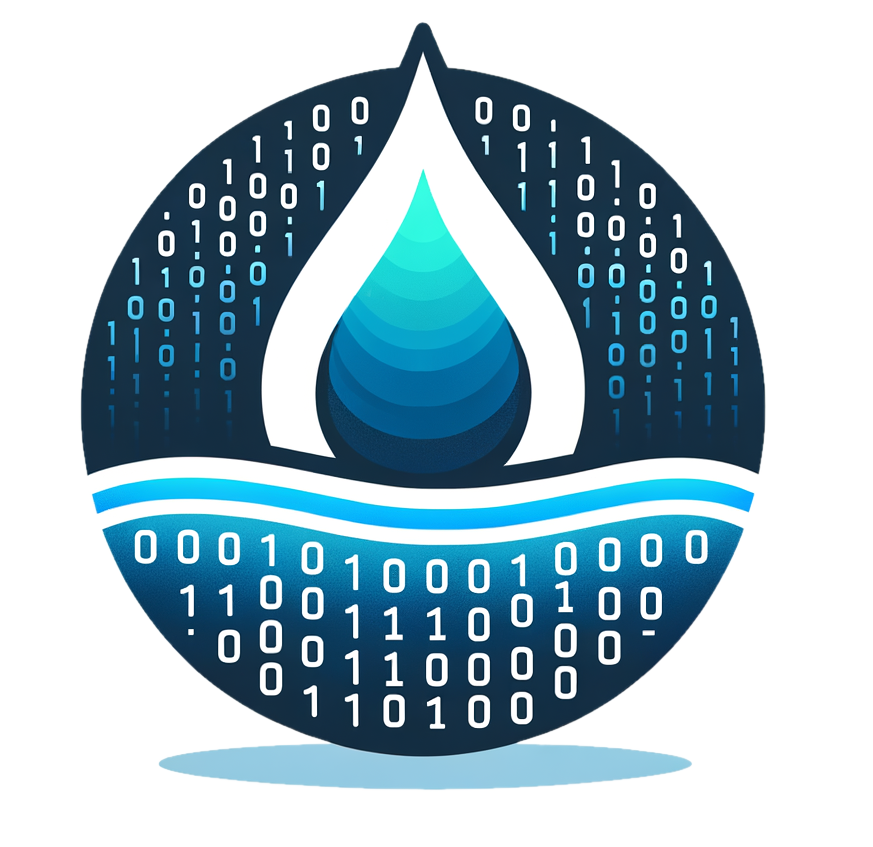Unlocking history:
From analog streams to digital rivers
Help us to bring analogue data into the digital age by contributing a few minutes of your time.
How about four reasons, why you should do so?
This data might play a vital role in preparing for climate change.
Your contribution, no matter how small, truly makes a big difference!
At some point, the data sheets are irretrievably lost due to the ageing process.
Without digitization, this data remains inaccessible to the public.

Large amounts of hydrological data,
such as weather and discharge records, exist only in analogue form and
are not directly usable for research. Yet the data is needed, e.g. for
climate change impact research.
The application of
automated digitization processes such
as machine learning methods is
difficult. For example, some of the data is not easy to read for
optical character recognition (OCR),
there are often manual annotations that
add additional content to the dataset, or there is a lack of
training data to teach the AI the
semantics of the tables. Currently, the only solution is a
manual digitization process.
This is where do it! — an acronym for
'Digitization
of analogue records
in
time'— steps in and serves as an
interface between the analogue data and the
citizen scientists (CS). The data is
split into
user-friendly fragments (e.g. a single
month) and the CS are supported during the digitization by a
guided user interface. So every
interested person can participate and make a
valuable contribution within
5 minutes only.
All results generated by this project are published in accordance with the FAIR principles:
- Findable
- Accessible
- Interoperable
- Reusable
Therefore we publish each dataset with an unique identifier (DOI) on zenodo. The dataset will contain the processed timeseries and metadata describing where the data originates from, what has been done and how it can be used. Upon request and in accordance with the FAIR principles, the raw data can be made available. However, this is subject to the consent of the data provider and must be agreed on a case-by-case basis.


